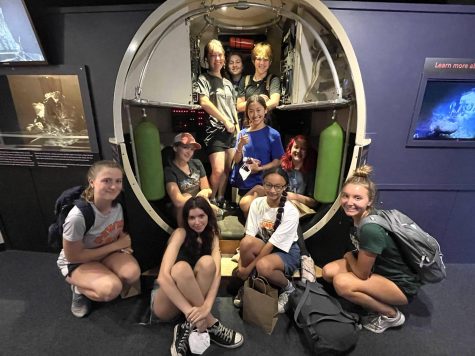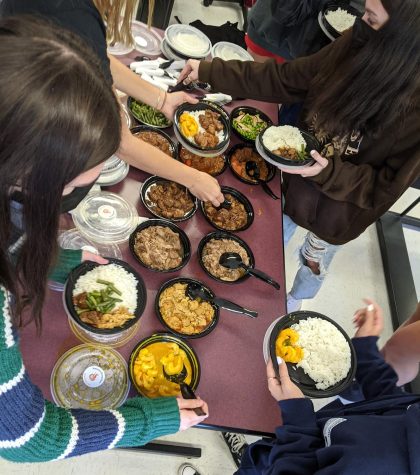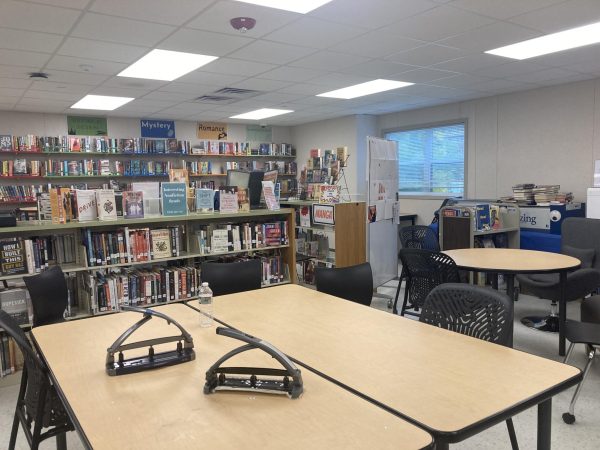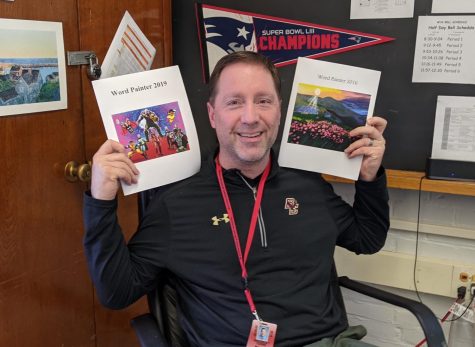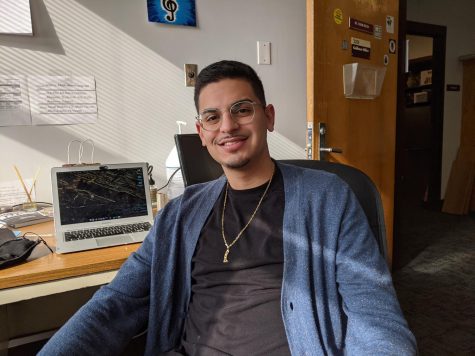New Federal Lunch Regulations Cause a Stir at WHS
There have always been mixed opinions about the school lunches at Watertown High School. Some students love the option of having a hot meal, while others prefer to bring a boxed lunch from home. Up until this year, students had plenty of variety within their hot lunch. They had decent sized portions for the actual meal, and then snacks and various drinks were optional. However, students started to notice drastic changes in their school lunches at the beginning of the 2012-2013 school year. Changes that most were not happy about.
This year, Michelle Obama, wife of President Barack Obama, launched the Healthy, Hunger-Free Kids Act. This act is aimed towards children’s nutrition and fitness, and includes altering school lunches. According to the nutrition standards released by the U.S. Department of Agriculture, high school students should consume between 700-850 calories during lunch. Also, the portions must include a cup of fruit, a cup of vegetables, two ounces of a grain, two ounces of meat, and a cup of milk. Although this sounds like a healthy, filling lunch to some, others are finding it quite unsatisfying. Almost all of the drinks that WHS provided last year for students have been recalled, like chocolate milk, Propel water, Sobe Lifewater, leaving students with the options of only milk or water. This goes for snacks as well; the cafeteria no longer sells ice cream, chips, and cookies. Most of the reactions towards the new regulations have been negative from both students and parents as well. “I asked for a side of rice with my chicken patty once and they said no because it would be too much grain between the bun and the rice,” senior Brenna McDonald stated.
Most complaints that have been received seem to be from students who have sports or other after school activities. “The lunches are not enough for a growing boy… and by third lunch a lot of the time they run out of the options they had for the two previous lunches,” senior Mohammad Rahim stated. One option that cafeteria workers have suggested to those who think their lunch portion is too small, is to simply buy a second lunch. However, most students do not have enough money to buy two lunches every single day. Hopefully the Healthy, Hunger-Free Kids Act will become a little more lenient over the next few years seeing as most of the feedback they have been receiving is rather negative.
Your donation will support the student journalists of Watertown High School. Your contribution will allow us to purchase equipment and cover our annual website hosting costs.
